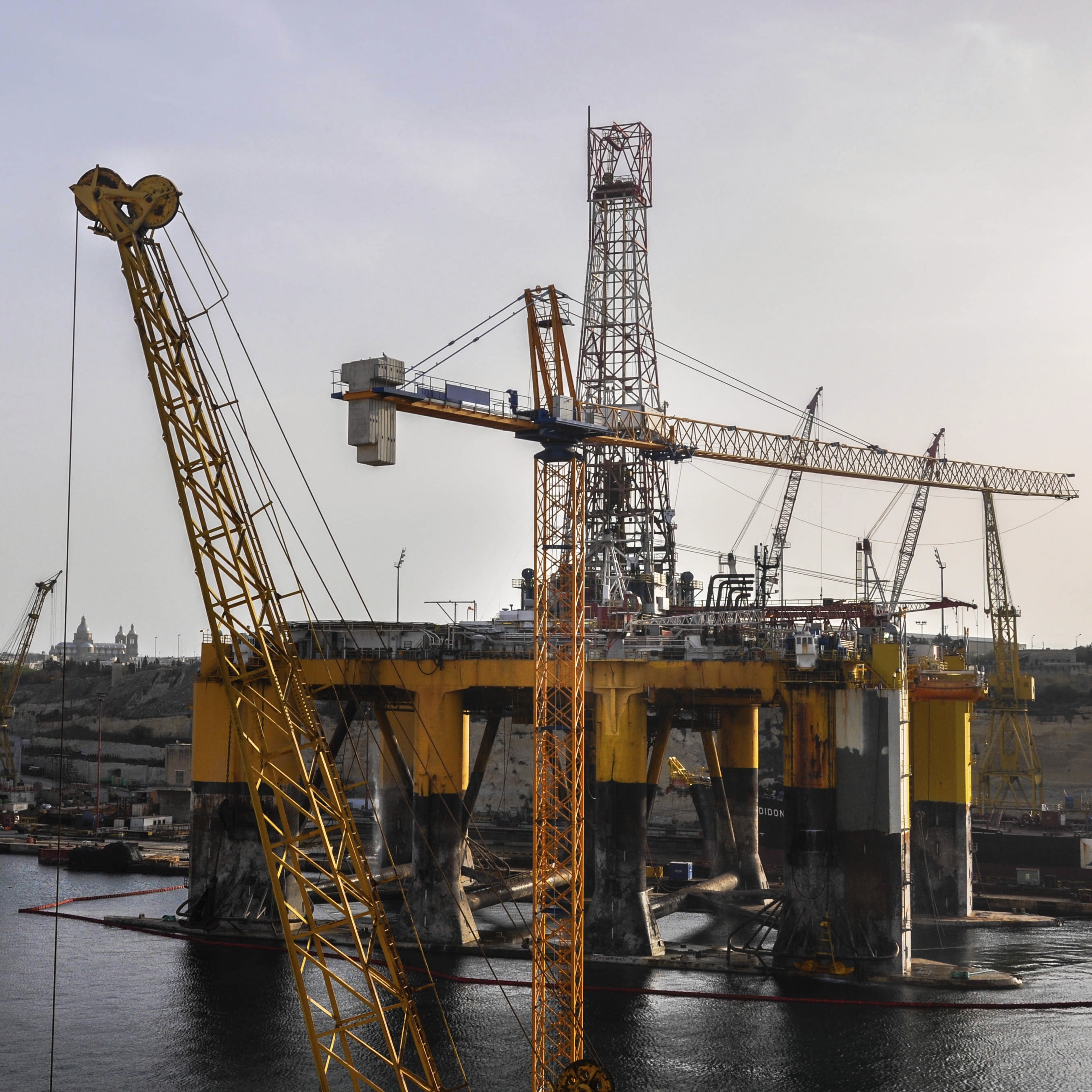
Benchmark West Texas Intermediate (WTI) crude oil for February delivery fell to $27.32 a barrel early Wednesday morning, a 12-year low, and the price shows little sign of turning around. As the price of crude oil has tumbled for the past 18 months, one of the hardest hit segments of the energy sector has been the midstream business, those pipelines that move the hydrocarbons from the wellhead ultimately to market.
Midstream master limited partnerships (MLPs) got hammered in 2015. The Alerian MLP index showed a price drop of nearly 37% and a total return decline of nearly 33%. Observers have suggested a few reasons for this: transportation volumes are down because demand is down; higher interest rates will cost the MLPs more in borrowing costs, affecting investor yields; and, finally, the toll-road analogy is breaking down.
Midstream companies typically sign contracts requiring shippers to pay for the volumes they’ve agreed to, whether or not they actually ship anything. These “take or pay” contracts have long been one of the attractions of MLPs, but the story is falling apart a little. If energy producers are going out of business, they obviously do not have either anything to ship or any money to pay the MLP. Even if a producer remains in business though, the take-or-pay contract may expire (very bad news) or the producer may seek to renegotiate the take-or-pay deal (not as bad, but not good). An MLP that maintains a hardline on price may lose the customer to bankruptcy or even to another MLP in some place. The take-or-pay deals are just not as solid as the MLPs want investors to believe they are.
This feeds the central problem MLPs face: growth. Without growth the companies cannot raise distributions. And because the fees MLPs charge for transportation are regulated, the companies can’t just raise them and must, instead, keep expanding either through organic growth or acquisitions. Growth also affects the MLPs’ access to cheap capital for more expansion.
One way some MLPs could grow distributions would be to eliminate or at least lower their general partner (GP) incentive distribution rights (IDRs). The GP usually owns a 2% of the MLP units while the limited partners own the rest (a GP also often may own a chunk of the common units). Once the distribution payments have been made to common unitholders, the IDRs kick in, usually on a scale that can rise to as much as 50% of excess cash flow. The result is very nice return to the GP while the common unitholders’ share of the excess is often negligible or nothing at all.
Of 66 midstream MLPs included in a recent list created by MLP analysts at Alerian, 54 maintain IDRs at some level. Two of the five largest midstream MLPs, Energy Transfer Partners L.P. (NYSE: ETP) and Williams Partners L.P. (NYSE: WPZ), maintains IDRs. The Williams GP takes a 48% cut and 31.2% of the distributed cash flow. And that’s just on its 2% GP stake. Energy Transfer’s GP also takes a 48% cut and 38.1% of distributable cash flow.
The general partners of Energy Transfer Equity L.P. (NYSE: ETE), which is in the process of acquiring Williams Companies Inc. (NYSE: WMB) and Williams Partners do not maintain IDRs. Neither does Enterprise Products Partners L.P. (NYSE: EPD) or Magellan Midstream Partners L.P. (NYSE: MMP).
In an MLP industry update published last week, analysts at Oppenheimer maintained Outperform ratings on Enterprise and ETP. The firm does not cover ETE, MMP or WPZ.
Janney issued a note Wednesday morning initiating coverage on CSI Compressco LP (NASDAQ: CCLP) with a Neutral rating and price target of $11. The company’s current yield is nearly 24%, even though the unit price dropped by around 24% Wednesday to a new 52-week low of $4.37, against a 52-week high of $22.15. CSI Compressco’s GP IDR cut is 23%, and the GP takes 42% of distributable cash flow.
MLPs that continue to maintain substantial IDRs have some room to maneuver with cash distributions, and they are very likely to have to do so in order to keep their limited partners happy.
The full list of MLPs and their IDRs is available at RBN Energy.
Get Ready To Retire (Sponsored)
Start by taking a quick retirement quiz from SmartAsset that will match you with up to 3 financial advisors that serve your area and beyond in 5 minutes, or less.
Each advisor has been vetted by SmartAsset and is held to a fiduciary standard to act in your best interests.
Here’s how it works:
1. Answer SmartAsset advisor match quiz
2. Review your pre-screened matches at your leisure. Check out the advisors’ profiles.
3. Speak with advisors at no cost to you. Have an introductory call on the phone or introduction in person and choose whom to work with in the future
Thank you for reading! Have some feedback for us?
Contact the 24/7 Wall St. editorial team.
 24/7 Wall St.
24/7 Wall St.



